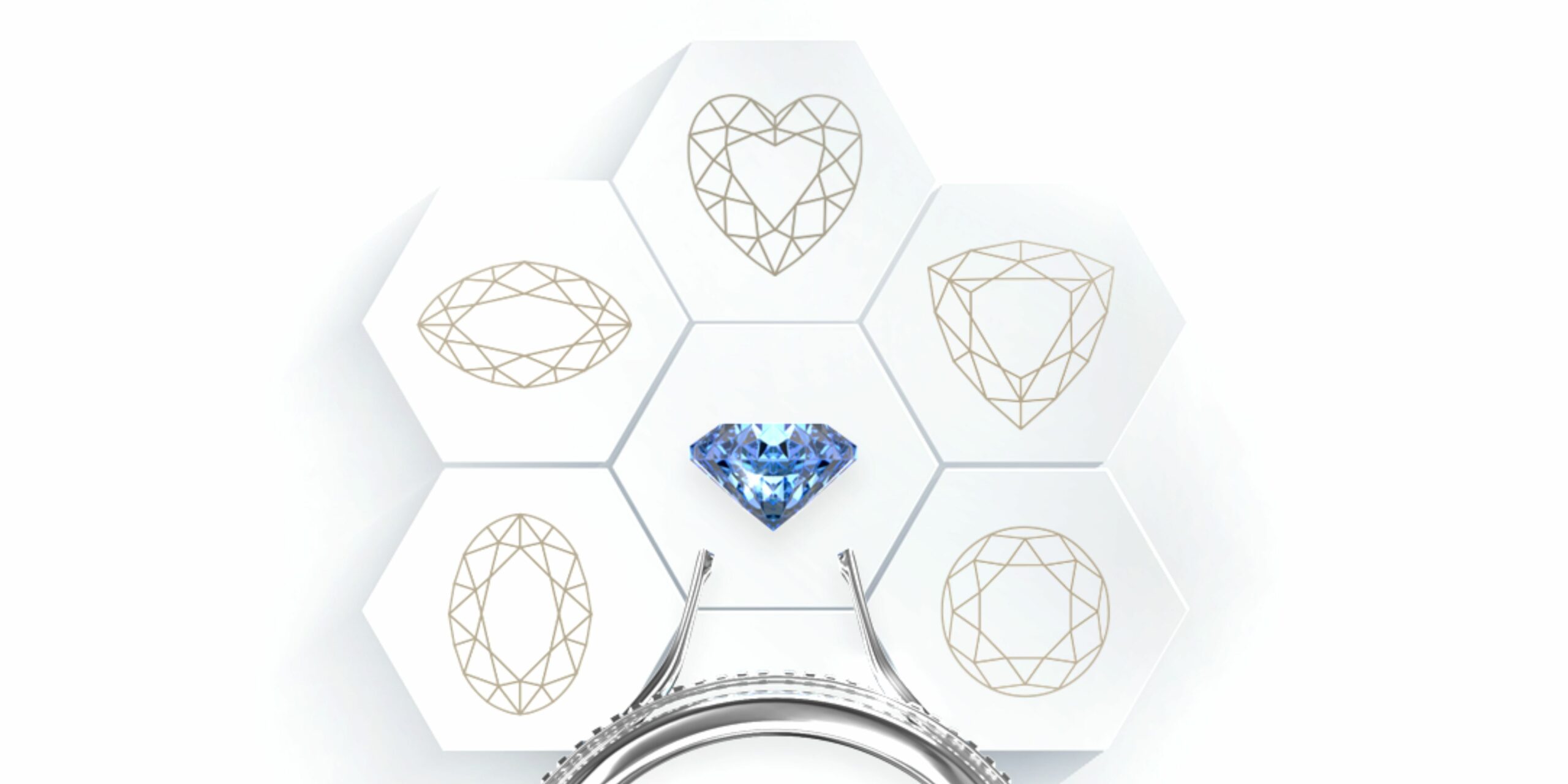When it comes to evaluating the value of precious stones, factors such as carat weight, color, and clarity often take center stage. However, one crucial aspect that should not be overlooked is the cut grade. The cut of a precious stone, be it a diamond, sapphire, or emerald, plays a pivotal role in determining its overall beauty, brilliance, and, consequently, its market value.
Understanding Cut Grade:
The cut grade of a precious stone refers to the quality of the gemstone’s facets, angles, and proportions. It encompasses the craftsmanship involved in shaping the stone, which directly influences how it interacts with light. A well-cut gemstone maximizes its ability to reflect and refract light, resulting in optimal brilliance, fire, and scintillation.
Factors Affecting Cut Grade:
- Proportions:
Ideal proportions vary for different gemstones, but in general, a well-cut stone will have balanced proportions between its table, crown, girdle, and pavilion. These elements contribute to how light travels through the gem, affecting its overall appearance.
- Symmetry:
A high-quality cut includes precise symmetry, where the facets align symmetrically across the stone. Symmetry impacts the stone’s ability to reflect light consistently, enhancing its visual appeal.
- Polish:
The polish grade evaluates the smoothness and overall quality of the stone’s surface. A flawless polish ensures maximum light reflection and enhances the stone’s brilliance.
- Depth and Table Percentage:
The depth and table percentages indicate the relationship between the stone’s depth and the size of its table. Well-proportioned stones strike a balance, allowing light to enter and exit the gem in an optimal manner.
Influence on Brilliance and Sparkle:
A meticulously cut gemstone can exhibit exceptional brilliance, fire, and scintillation. Brilliance refers to the brightness created by the reflection of white light, fire is the dispersion of light into spectral colors, and scintillation is the play of light as the gemstone moves. These optical qualities contribute significantly to the overall beauty of the stone and, consequently, its value.
Market Impact:
The cut grade directly influences the market value of precious stones. Stones with excellent cut grades are often more sought after and command higher prices due to their enhanced visual appeal. Consumers are willing to pay a premium for stones that exhibit superior brilliance and sparkle.
Investing in a well-cut gemstone is not only a matter of aesthetic preference but also a sound financial decision. Gemstones with higher cut grades are likely to retain and potentially increase in value over time, making them attractive investments for collectors and enthusiasts alike.
Conclusion:
While carat weight, color, and clarity are essential factors in evaluating precious stones, the cut grade should not be underestimated. A well-cut gemstone not only enhances its visual allure but also significantly impacts its market value. As consumers become more informed about the importance of cut in gemstone evaluation, the cut grade is likely to continue playing a central role in the world of precious stones, shaping preferences and influencing market trends.
Since the color gems mined in Israel are so rare and sought after, they are processed at a level of polishing that is usually only invested in diamonds, in a way that brings out all the beauty in the stone at the highest level.

